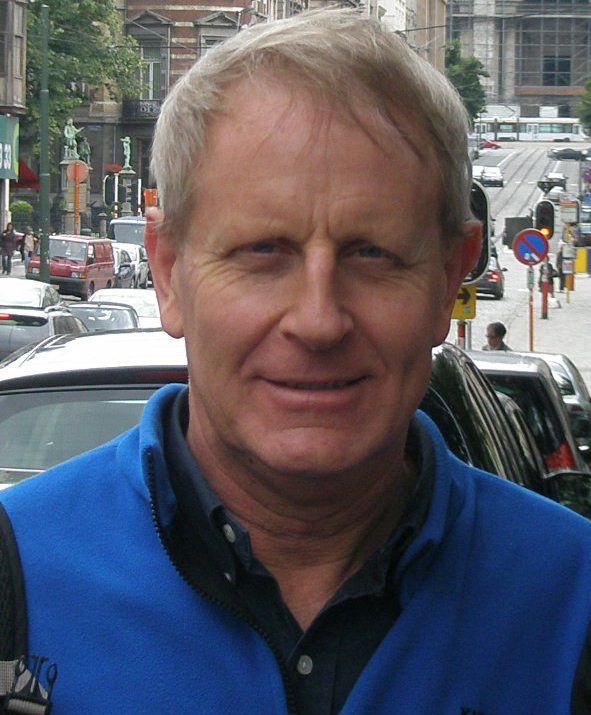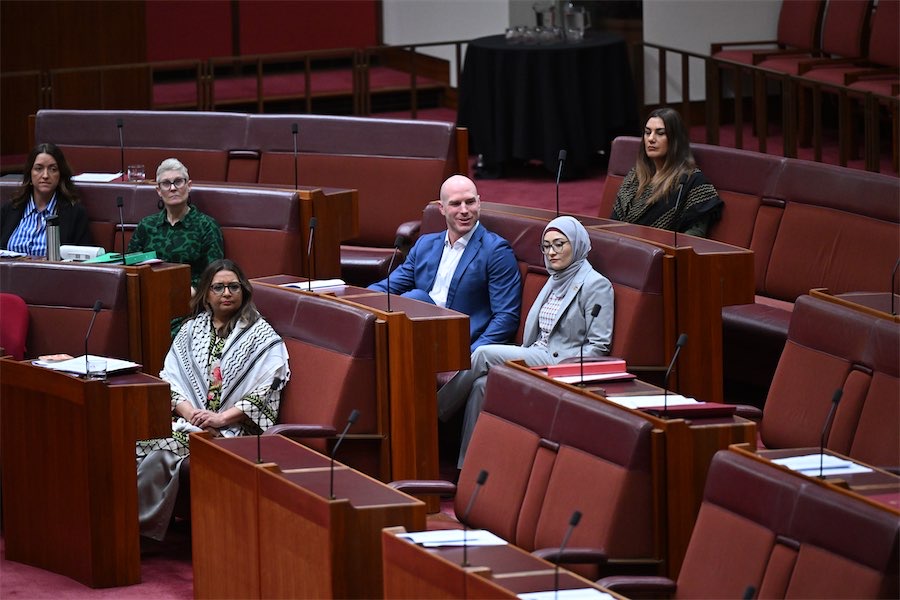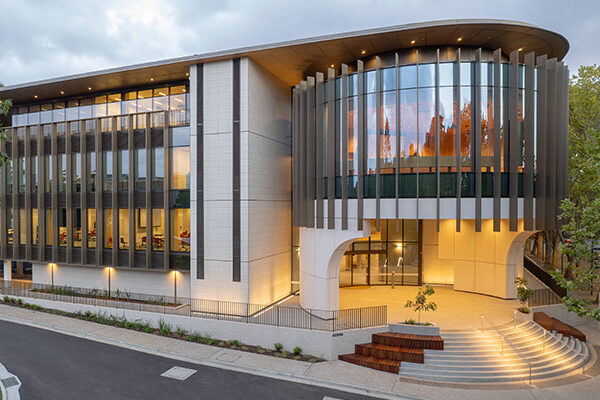
The ACT is holding its position as the most expensive place to rent in Australia, but there’s no need for anyone to sleep in the street in Canberra, says PAUL KAUFFMAN, who looks here at the challenges and choices facing people seeking to rent.
CANBERRA has the highest land taxes in mainland Australia, by far, so only a lunatic or a philanthropist would buy or could afford to buy a house in Canberra and rent it out.

Chief Minister Andrew Barr’s unique land tax policies have artificially created a dire shortage of rental housing in Canberra.
A study commissioned by the Australian Housing and Urban Research Institute in August found that constructing a 2/3 bedroom apartment in Canberra costs between $330,000 to $560,000.
If owned by social housing, there is an ongoing annual subsidy of about $46,000 for each unit in the community sector and $56,000 in the government sector, to cover repairs, maintenance, rates, depreciation plus management, less rent collected.
The federal Labor government has pledged $10 billion to the Housing Australia Future Fund to build 30,000 new social and affordable housing properties over five years, about $333,000 per home, for about 6000 houses or apartments each year, to supplement state and territory efforts.
Canberra has about 2 per cent of Australia’s population and a higher cost of building than the Australian average. It would be hoped that Canberra should get 600 homes over five years from the program (that is, about 120 homes a year).
In a previous article in “CityNews”, I discussed how 63 per cent of Australian households live in houses or apartments that they own. Together, these 16 million people comprise 67.5 per cent of Australia’s population.
There were also 31 per cent of houses or apartments occupied by people renting in 2021. This housing accommodated 29.5 per cent of Australia’s population.
There are 1.1 million people renting with a household income of $1000 to $1500 a week, hopefully not in rental stress. A further 3.18 million people have a household income ranging from $1500 to more than $4000 a week. Presumably, the free-enterprise system has met their housing needs.
There are 202,000 people living rent free (provided by relatives or employers) and a further 103,000 people rent under a life-tenure scheme.
In addition, 1.6 million people live in households with a household income of between $0 and $999 a week.
There are 353,000 households, perhaps providing housing for about 1 million people, living in accommodation provided by state or territory housing or community housing associations, where maximum rent is less than 30 per cent of family income.
It is quite likely that some 200,000 households, or about 600,000 Australians, are living in private-sector housing with rental stress. What is the best way of assisting this group?
An estimated 1.7 million individuals or families receive Commonwealth rental assistance of up to $73 per week ($3800 a year) for an individual, and greater amounts for families who live in private rental accommodation. Commonwealth rental assistance provides $1.4 billion each year for people renting privately, subject to an income test.
This program is an efficient way of assisting those who don’t have state or community housing, and need help. It may be a more cost-effective and appropriate means than building designated social housing and is worthy of further study.
The same AHUR study included case studies of challenged single men, lacking support from family or relatives.
It is often difficult for the government to help such men. The late Rupert Gerritsen and I wrote a book, free on my website (researchgate.net/publication/334248437), which explains how an extended family can provide effective help, and housing, in Canberra.
Organisations such as St John’s Care can also provide vital assistance at times of crisis.
There is no need for anyone to sleep in the street in Canberra. Youth Hostels Australia provides quality, safe, clean hostel accommodation for all ages for a daily tariff of about $30.
Australian residents can access supplementary Centrelink rent assistance of $10.40 a day or $73 a week towards that cost by completing a form online or by visiting Centrelink.
I have Indian and Vietnamese friends who came to Canberra in their 20s as students, studied postgraduate degrees, worked part time and lived with six people in a three-bedroom house. Rent was $600 a week and they found housing costs of $100 a week manageable. After graduation they gained full-time employment in Australia and bought their own homes.
That is not possible for many people and social housing support is necessary
Dr Paul Kauffman administered national housing grants and loans programs for many years. Thanks to Dr Mark O’Connor for comments on an earlier draft.
Who can be trusted?
In a world of spin and confusion, there’s never been a more important time to support independent journalism in Canberra.
If you trust our work online and want to enforce the power of independent voices, I invite you to make a small contribution.
Every dollar of support is invested back into our journalism to help keep citynews.com.au strong and free.
Thank you,
Ian Meikle, editor









Leave a Reply